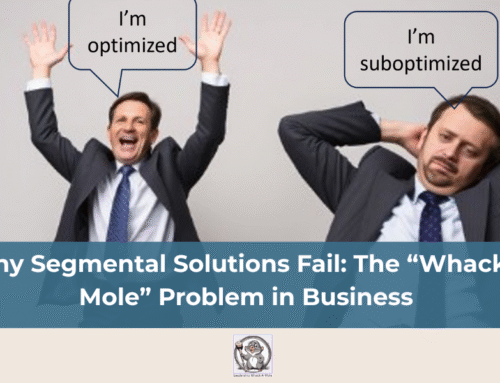
By Ric Shriver
As conveyed in my recent blog Are You Ready for Change, as human beings we naturally resist change regardless of the size and significance of the change being faced. Our often-painful reality is that change occurs every minute, every hour, every day, and during every cycle in our lives and organizations. Some of those changes occurring daily are barely noticeable, and some of the changes we face are monumental in size and scope! But our emotional and psychological response to the changes follow the same pattern and fall into four distinct phases with the associated emotional responses outlined in the table below*:
| Phase | Description | Emotional Response |
| Phase 1
|
Introduction | Surprise/Shock/Denial |
| Phase 2
|
Awareness | Resistance |
| Phase 3
|
Exploration | Confusion/Fatigue |
| Phase 4
|
Discovery | Acceptance/Growth/Commitment |
*Kübler-Ross, Elisabeth. On Death And Dying. New York : Collier Books/Macmillan 1970, c1969.
The descriptions of the four phases outlined in the preceding table are essentially the same for both perceived positive changes and negative changes. For example, most of us see the beginning of a new relationship (phase 1) as initially positive, but as we get to know our partners (phase 2) we become aware of habits, traits, and patterns of behavior that we may not like which ultimately create some level of emotional resistance. Depending upon the level of commitment we have to that relationship, we may or may not embark on the next emotional phase (phase 3) of exploration. The exploration phase can be mentally and physically exhausting as both parties in the relationship search for ways to make the bond work. Assuming successful paths for harmony are discovered, the final phase can result in a long-term level of commitment (phase 4) which results in an emotional level of acceptance and comfort we often strive for.
The pattern described above is the same for changes we initiate, are asked to support, or experience ourselves in the workplace. The question for us as leaders is how to best lead our teams through the four phases to realize the best results for our team and business. The table below outlines the recommended strategies for leading our teams through each phase:
| Phase Description | Emotional Response | Effective Leader Strategies |
| Introduction | Shock – Positive or Negative | · Provide clarity
· Communicate in person · Be transparent/honest · Anticipate responses · Outline rewards and consequences |
| Awareness | Resistance | · Actively listen
· Demonstrate empathy · Stand firm · Reinforce clarity · Reinforce rewards · Find informal team “champions” |
| Exploration | Confusion/Fatigue | · Stay engaged
· Collaborative problem-solving · Seek innovation with team · Actively listen, empathize, and demonstrate compassion · Prepare yourself for exertion · Block time for discovery |
| Discovery | Acceptance/Comfort
/Commitment |
· Celebrate success
· Recognize acceptance · Document lessons learned |
“There are lots of variations on this model with slightly different words, orders and nuances. Overall, we think the change curve is a useful model to help people understand the personal psychology of the change process. Nearly everyone goes through a change cycle, and being aware of that and having words and tools to communicate it is helpful for individuals, leaders and organizations.” (World of Work Post, The Change Curve: A Simple Summary, 2019)
Different people travel along the change curve at different paces and with different perceptions based on their own unique filters but faster is pretty much always better. The lesson for leaders is to recognize that everyone goes through the cycle in some way, shape, or form. As leaders we must be vigilant, constantly aware of what our teams are experiencing, and being socially aware of how to best the interactions and communication with the people we lead. Finally, change is always occurring – small, everyday changes and large, transformational changes impacting the entire organization.




